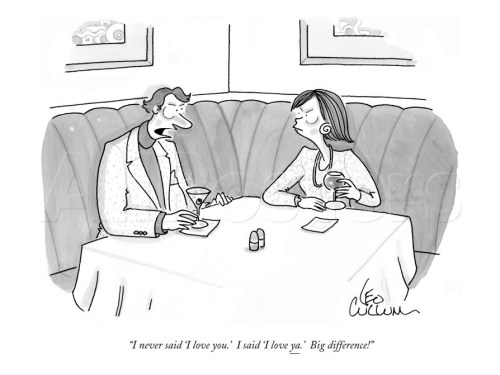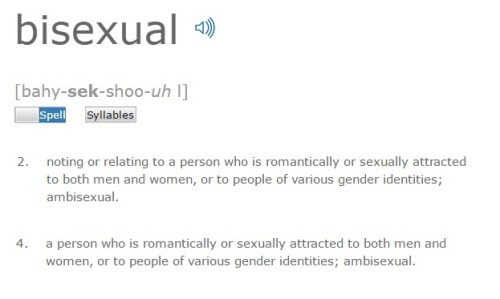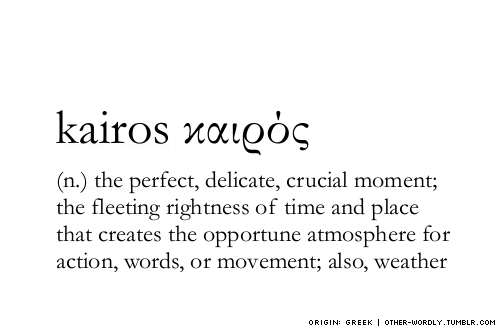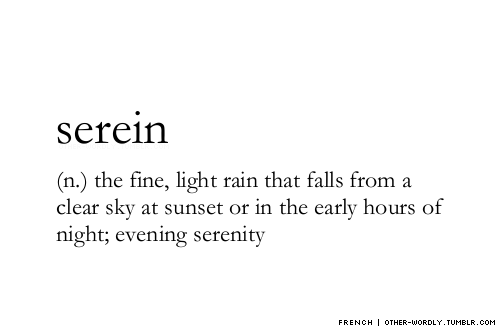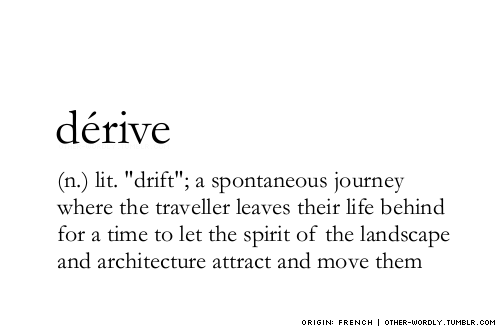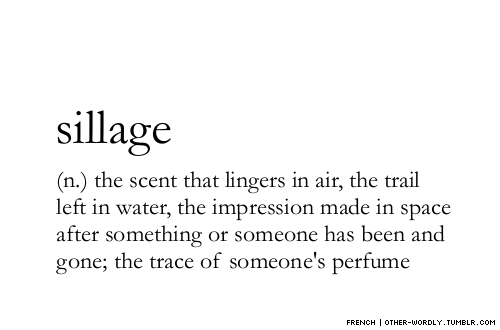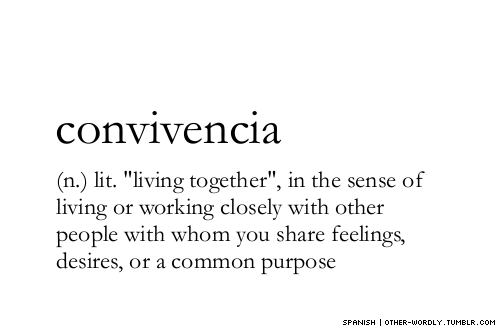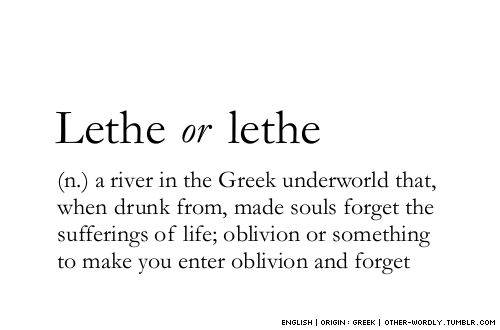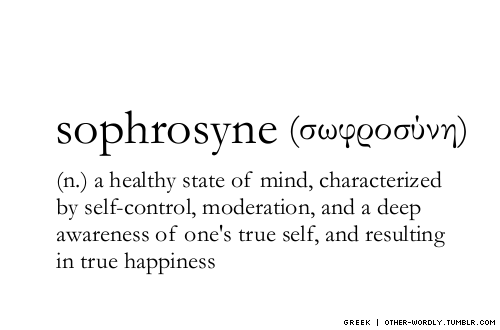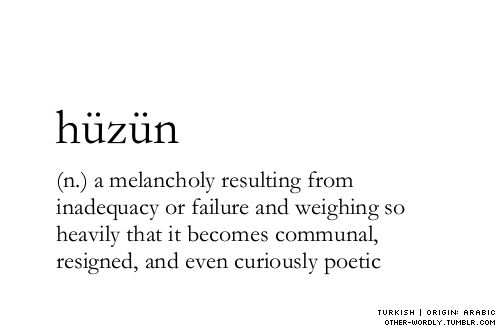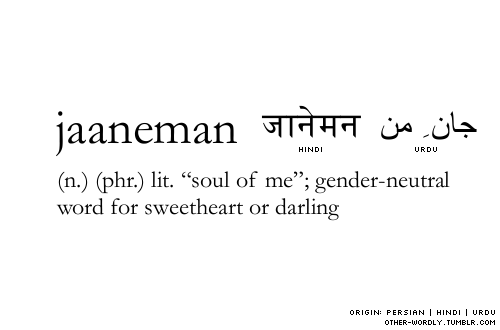#definitions
Swingers: Typically a couple in which both partners are allowed to engage in sexual activities with other men and women outside of their relationship, often referred to as “full swap.”
Hotwife: A wife who has her husband’s permission to engage in sexual activities with other men. Also the term used to describe the fantasy with the same scenario. In this relationship all extra marital activities are approved of by the husband. Trust, respect, and the couple’s love for each other are central to the relationship.
Cuckold: A man in a relationship with a woman who engages in sexual activities with other men and women outside of their relationship, usually with a level of cheating and or humiliation. -Cuckolding
Cuckoldress: The female half of a cuckold relationship. A woman who engages in sex with men other than her husband, usually imposing a level humiliation on her husband about her extra marital activities.
Vixen: One term used to describe a woman in a Hotwife relationship.
Stag: One term used to describe a strong male figure in a Hotwife relationship.
Cucky: A humiliating term used to describe a man in a cuckold relationship.
Bull: The name often given to a wife’s repeat lover in a hotwife or cuckold arrangement
Reclaim: A term used to describe the passionate sex couples often experience the first time they have sex after one of them has has sex with someone outside of their relationship.
Hall Pass: Often used to describe a onetime “free pass” given to one of the members in a relationship to enjoy one sexual encounter with a person outside of the relationship.
Half Open Marriage: Used to describe a relationship in which one member of the relationship has the other‘s permission to enjoy complete sexual freedom, while the one remains completely faithful.
Shared Wife: A wife whose husband “shares” her sexually with other men.
MFM: A three some involving two men and one woman. In this arrangement the men are straight and focus on the woman.
MMF: A three some involving two men and one woman in which the men are bi-sexual and engage in sexual activities with each other as well as the woman.
FMF: A three some involving two women and one man. In this arrangement the women are straight and focus on the man.
FFM: A three some involving two women and one man in which the women are bi-sexual and engage in sexual activities with each other as well as the man.
Humiliation: A sexual kink which usually involves the woman verbally abusing the man about his inadequacies and inability to satisfy her, most often because of his penis size or his lack of stamina.
Tease and Denial: One partner sexually teases and leads the other on, only to get them excited and then deny them sexual gratification.
Edging: Binging a person right to the edge of orgasm and then slowing or stopping sexual activities thus denying them the pleasure of orgasm.
Ruined Orgasm: Bringing a person right to the point of orgasm, and then stopping resulting in a weak orgasm. This is usually achieved through the use of oral sex or masturbation.
SPH: Small Penis Humiliation, verbal abuse used to humiliate a man about his lack of length and or girth.
Male Chastity: A kink in which the man is most often secured in a chastity device, referred to as a cock cage, and is denied the pleasures of sexual intercourse as well as masturbation. Couples who engage in this kink often try to push the boundaries of how long the man can go without sexual release. This fetish often includes a level of humiliation as well.
Cock Cage: A metal or plastic device which locks to secure the penis. It is used impede the man’s ability to masturbate as well as achieve a full erection without being release by his key holder.
Key Holder: Most often the wife of a man confined to a cock cage. The key holder has full authority over the man’s ability to and the frequency of orgasms allowed. Often the key holder will use time in the cock cage as a punishment for her dissatisfaction with something the man has said or done.
Pegging: Used to describe a fetish in which the female uses a sex toy or strap on to perform anal sex on her male partner.
Wife Breeding: A fetish in which the wife is involved in unprotected sex with men other than her husband. The men ejaculate in the wife, thus presenting the possibility of pregnancy by men other than the husband.
Clean Up: An activity in which the man cleans up a woman after she has had sex with another man. Most often this is done after a lover has ejaculated into the woman’s vagina and the woman’s partner performs oral sex on her licking up as much of the other man’s sperm as possible.
Sloppy Seconds: A term used to describe the act of having sex with a woman after she has already had sex with another man. Most often after the first man has ejaculated inside of the woman’s vagina creating a “sloppy” situation for the second man.
Size Queen: A woman who prefers man with very large penises. Often with minimum size requirements which must be met before she will engage in sexual intercourse with a man.
BBC: Big Black Cock, used to describe the oversized penis of a black man.
BWC: Big White Cock, used to describe the oversized penis of a white man.
Queen Of Spades: The name sometimes given to a white woman who prefers sex with black men, often with above average penises.
Defining things… naming is inherent to human nature; here a set of definitions worth to be shared in order to get a better understanding.
LOVE & ONLY : Why My Definition of Love Makes Me Miserable
We use the word “love” so often that one would think we know what it means - or at least collectively agree. But we really don’t, and the disagreements and misunderstandings tend to play out to our disfavor. Personally, my developed definition of love caused me quite the crisis.
Growing up, my parents were constantly comparing me to other children. Most Asian parents do (but not all), because they want the best for their children. They want them to succeed and they’re willing to do just about anything to get them there in a “clean”/“ethical” manner.
It’s just the way love works for them. It’s very much family and generation-based. The love between the generations: parent-child, grandparent-grandchild, etc. was much more important than the spousal or sibling love. It was about advancing the family line and the desire to sacrifice and provide for your children, who would then feel indebted and provide for you in their time, was seen as a natural sentiment. Anyone who didn’t feel such instinctual callings was unnatural - or a bad person.
But because American society heralds the self, my teachers always lauded me and told me how special I was - which my parents then told me was simply flattery, or an area I needed to work even harder in if I had an aptitude for it. My peers seemed to hear nothing but “you’re so wonderful” or “you’re the best” which was just a very different message than I was given. No matter what I achieved, I always felt like second-best, which was an unpleasant feeling. So I developed an idea of love as finally being “the best”. It didn’t matter what anyone else thought of me. I wanted to be “the best” to someone. Anyone. And that person would be the One. Because he would see me as the primary object of his love.
I say he because I identify as heterosexual and because in my mind, this was only possible in a romantic relationship. My parents had me and my sister. I also loved my sister and would never want her to receive less love or feel lesser, as I did. So family was out of the question. If I ever formed my own family, it would be me and a spouse, and for the integrity of the family, the children shouldn’t have a favorite parent. I could adopt as a single parent, but I felt that would be unbalanced, and should I ever have another child, I would not want to have a favorite (the “perfect” love I sought I also imagined as reciprocal). Similarly, with friends, I imagined most of my friends would at one point or another be in a romantic relationship, which would be their stable, eternal love in a way that friendship rarely is - especially for people like me and my family, who moved frequently.
As someone who believes in God and Christ, I have also been told many times that I should seek out my love from God. But my definition again poses a dilemma. While I believe God to be the perfect being, and thus the perfect and most deserving object of love, and, being love itself, that His love towards me is perfect - it is THE definition of love - despite it all, because God loves everyone simultaneously and, so I believe, equally if differently, it could not be “my perfect love” because I wanted to be the only one. The one above all the others. And if I were God’s favorite, that would contradict my idea of God. It’s possible that God can love me uniquely and individually, and He certainly loves me more than anyone human could, but it’s a conundrum that my brain has yet to accept as possible despite the seeming illogic (after all, God does sometimes defy logic - He can, He created it).
So my love had to be with one man, in a permanent romantic relationship. Which in and of itself is simple enough. To be loved solely and above all else is actually, I’ve found, fairly difficult for anyone to accomplish. Furthermore, having tested this in a relationship, it is incredibly stressful for one person to bear the responsibility of fulfilling my entire desire for love. Knowing this, it seems like I should just alter my definition. But I have yet to succeed in doing so. I think it’s because some part of me still longs for that which the definition contains. And I have to let go of the hope that it will be fulfilled, or actually see it to fruition…
Post link
Toward a new geometry
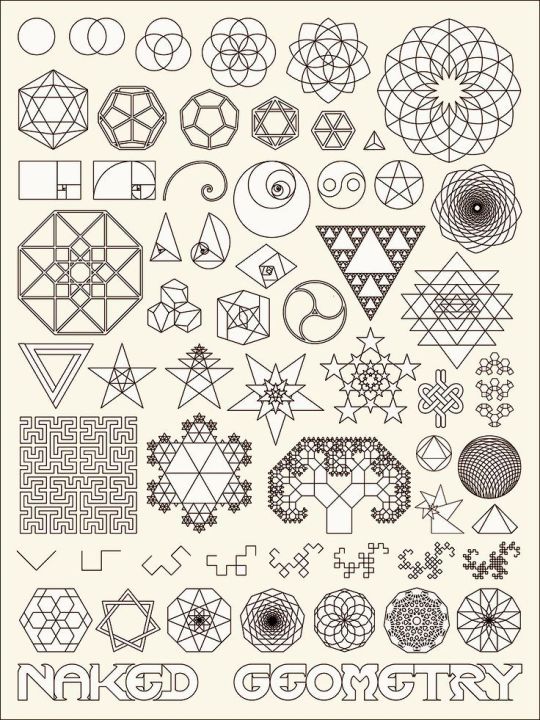
Definitions and guiding principles
- Dimension is a primitive concept which for purposes here can be defined as any linearly independent parameter or variable.
- Mathematics is most fundamentally about measurement.
- Rules of mathematics are conceptual tools developed by the human mind and are subject to change if and when such should prove necessary or utilitarian.
- Points, lines and planes are products of the human mind. Neither they nor the realities they represent have continuous existence in space or time but can recur intermittently at intervals which may be either regular or irregular. As a matter of convenience for purposes of description, however, any or all of these may be represented as existing in some continuous abstract sense.
- The whole is greater than the part and has emergent properties not found in any single part or any number of subdivisions of the whole.
- The consequences of number structure and interaction cannot be explained entirely on a local basis but emerge from holo-interactive dynamic processs throughout an entire system or any portion thereof in conceptual focus.
- It is always possible to express a reflection as a rotation and a rotation as a reflection. The two are isomorphic via properly chosen operations.
- Symmetry is of great importance but not always obvious.
- Two foundational guiding principles of reality are continuity and change. These then provide the basis and primary focus of mandalic geometry.
- Of the two types of change, cyclic and sequential, cyclic change is the more fundamental.
- Neither coordinates nor coordinate systems are a feature of nature. They are man-made devices which are pragmatic and utilitarian means by which to grasp a reality which itself has no need of them. Geometry nevertheless requires these crutches to exist and execute its functions.
- Geometry frequently also requires conventions of expression to promote widespread understanding of content but should strive to be as convention -free as possible.
- Ambiguity is a permissible feature, in fact a necessary feature, of mandalic geometry. This is related to its probabilistic nature and multiple-valued logic which reflect what we, from our limited vantage point, misunderstand to be paradoxes of nature.
Axioms
- Numbers can be characterized by dimension of context.
- A number may be embedded in multiple dimensions concurrently, existing in variant forms specific to the dimension(s) of context.
- The same number may function differently in different dimensional contexts. The dimension of context of a “point” described by a number or subsidary number delimits its expression. In other words, the expression of a number in spatiotemporal terms is determined by its dimensional context. In referring to a number or subsidiary number in any of their variants, therefore, the dimension of context must always be specified.
- It may not always be possible to identify the full dimensional context of a number. It is sufficient to determine and elucidate those contexts essential to elaboration of the specific operation(s) under present consideration.
- Numbers are not necessarily elemental. They may consist of parts or subsidiary numbers which refer to various different dimensional contexts.
- A point is not dimensionless extension in space. It is an emergent feature of the system-as-a-whole which appears intermittently at the common intersection of three or more dimensions. Points, lines and planes are evanescent occurrences in terms of geometry and spacetime. They, and the things they represent, are fleeting events which come and go. Repetition is possible (in a conceptual sense certainly; possibly in a material/energetic sense as well) but not inevitable.
Rejected definitions
- The definition of a point found in Euclid’s Elements: A point is that which has no part. [This definition may or may not have been in Euclid’s original Elements.]
- The definition of a line found in Euclid’s Elements: A line is breadthless length.
- The definition of a surface found in Euclid’s Elements: A surface is that which has length and breadth only.
Rejected axioms
- The real numbers are order-isomorphic to the linear continuum of geometry. In other words, the axiom states that there is a one to one correspondence between real numbers and points on a line. This has been described as the Cantor–Dedekind axiom. The Cartesian coordinate system implicitly assumes this axiom which then becomes the cornerstone of analytic geometry.
Rejected notions
- Things which coincide with one another equal one another. [Euclid’s Common notion 4]
Also important to note:
- Euclid’s first postulate states that any two points can be joined by a straight line segment. It does not say that there is only one such line; it merely says that a straight line can be drawn between any two points.
Image credit: James Gyre-Naked Geometry
© 2016 Martin Hauser
Please note: The content and/or format of this post may not be in finalized form. Reblog as a TEXT post will contain this caveat alerting readers to refer to the current version in the source blog. A LINK post will itself do the same. :)
Scroll to bottom for links to Previous / Next pages (if existent). This blog builds on what came before so the best way to follow it is chronologically. Tumblr doesn’t make that easy to do. Since the most recent page is reckoned as Page 1 the number of the actual Page 1 continually changes as new posts are added. To determine the number currently needed to locate Page 1 go to the most recent post which is here. The current total number of pages in the blog will be found at the bottom. The true Page 1 can be reached by changing the web address mandalicgeometry.tumblr.com to mandalicgeometry.tumblr.com/page/x, exchanging my current page number for x and entering. To find a different true page(p) subtract p from x+1 to get the number(n) to use. Place n in the URL instead of x (mandalicgeometry.tumblr.com/page/n) where
n = x + 1 - p. :)
-Page 314-
Bisexual
adjective
2. noting or relating to a person who is romantically or sexually attracted to both men and women, or to people of various gender identities; ambisexual.noun
4. a person who is romantically or sexually attracted to both men and women, or to people of various gender identities; ambisexual.learn how the international bi community is working to correct offensive and inappropriate definitions in dictionaries, textbooks, encyclopedias, and other reference materials
Post link
Even when you know that you’re talking to someone who uses different word definitions, it’s easy to fall into an unspoken power struggle over which definition you’re both reallyusing.

Excerpt from our series, Differing Definitions
Beings use the word “kinning” a lot and it kind of bothers me, and a lot of other otherkin and therians. Kin isn’t something you do, it’s what you are, you can’t choose it. In my opinion, “kinning” should be dropped and you should use these terms instead, as these have been accepted more widely and make much more sense than “kinnie” and other childish, unnecessarily quirky terms. There are three other words that sound much better!
|| SYNPATH || A being that an individual can relate to, but not identify AS. The relation can be for several reasons, such as sharing characteristics with a being or a concept that resonates with you. “My synpath is a wolf” is an example.
|| KITH || ANIMAL - HEARTED || OTHER - HEARTED || A being who has a strong connection with another being, but not quite identifying as it. They may experience shifts with their kithtype. “I am wolf-hearted” is an example.
|| COPINGLINK || A being who CHOOSES to identify AS a non-human being for fun or for a coping mechanism. This can be seen as a hobby or simply liking a different identity. Note it is still different than otherkin and therians as you CHOOSE to have a copinglink. “I have a wolf copinglink” is an example.

pronunciation | “so-frO-‘sU-nA
Greek script | σωφροσύνη
note | To everyone who is thinking "I want to get there” and also to everyone who is thinking “I’ll never get there”–you will. Even if it’s a battle, keep fighting, because you are good and strong and valuable, and your happiness is worth it.
Post link
pronunciation | (jahn-eh-mahn)
submitted by | serenfoursk
script | जानेमन Hindi, جان ِ من Urdu
Post link

